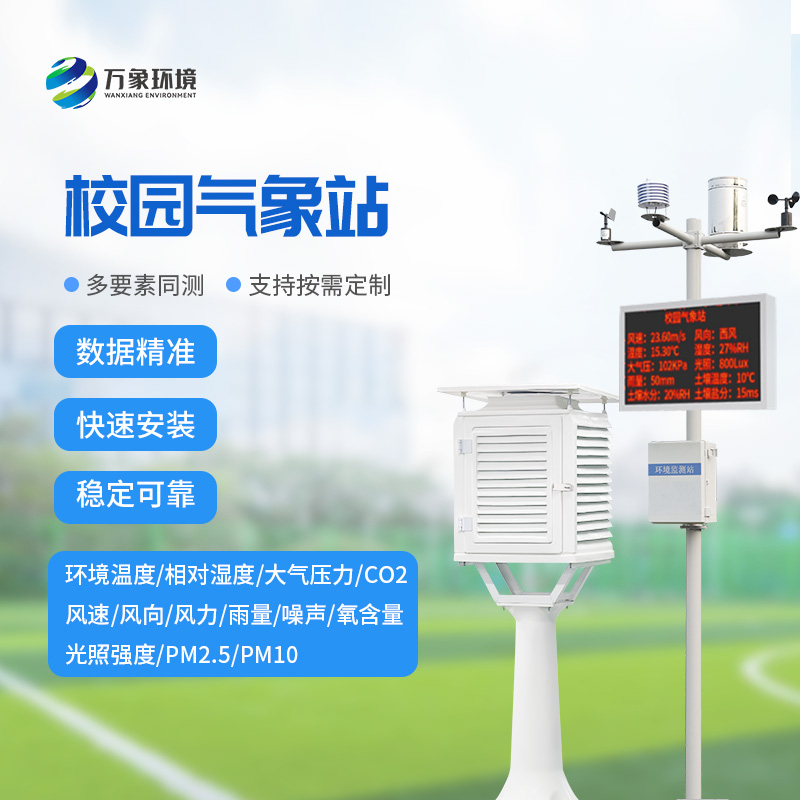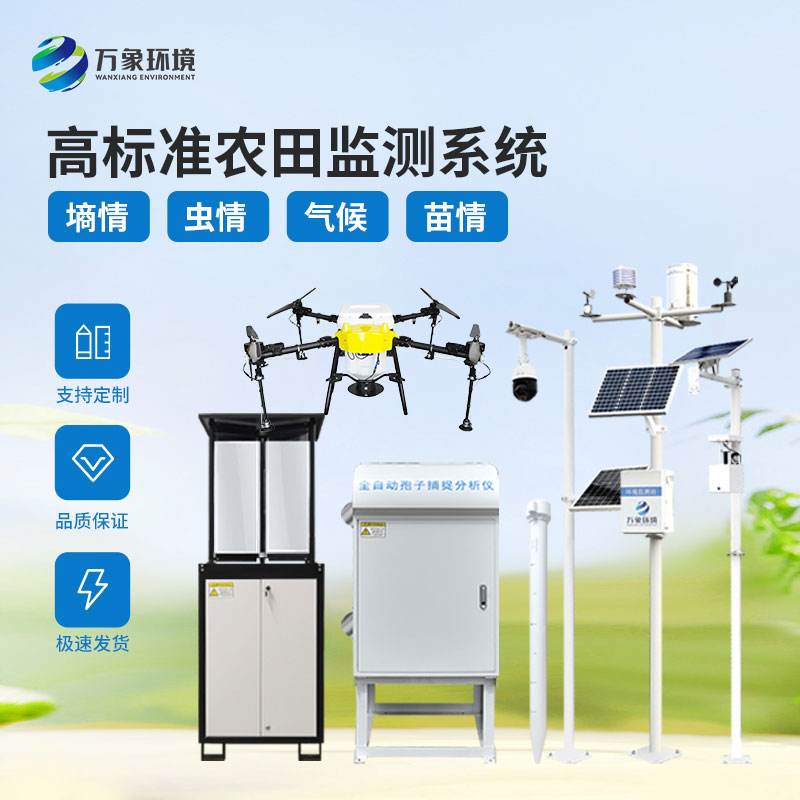In the busy middle school garden, in addition to the sound of reading and youthful figure, have you ever paid attention to the corner that silently records the changing situation? Today, let's walk into the high school campus weather observation station, uncover its mysterious veil, and see how this group of "small weather forecasters" play a unique role on the campus.
When you stroll down the campus path, you are suddenly attracted by a small and exquisite building, that is our WX-XQ3 Middle School campus weather Observatory. It is different from the solemn teaching building, also different from the lively stadium, but in a gentle and professional attitude, quietly watching the sky. Here, students can closely observe and learn the mysteries of nature through a variety of professional instruments, such as changes in temperature, humidity, air pressure, wind direction, wind speed, precipitation and other meteorological elements.
Meteorological observation station is not only an observation point, but also a stage for students to practice scientific knowledge. Under the guidance of the teacher, the students took turns as "little weathermen" to operate meteorological instruments, record data and analyze weather trends. This participatory learning style not only inspires students' curiosity about natural science, but also cultivates their observation, analytical skills and teamwork spirit. More importantly, through practical operation, students deeply understand the importance of combining theory and practice, and lay a solid foundation for their future learning career.
Meteorological observation station is also an important base for campus science popularization education. Regular meteorological lectures, observation activities and meteorological disaster emergency drills not only enrich students' extracurricular life, but also enhance their awareness of meteorological disaster prevention and self-rescue and mutual rescue ability. Here, students learn how to interpret weather forecast charts and understand the causes and effects of climate change, so as to become disseminators of small meteorological science popularization, pass the knowledge to family and friends, and jointly build a network of meteorological knowledge.

Article address:
http://www.qxhjjc.com/en/newcen/1287.html


















 Home
Home phone
phone Product Overview
Product Overview Contact Us
Contact Us